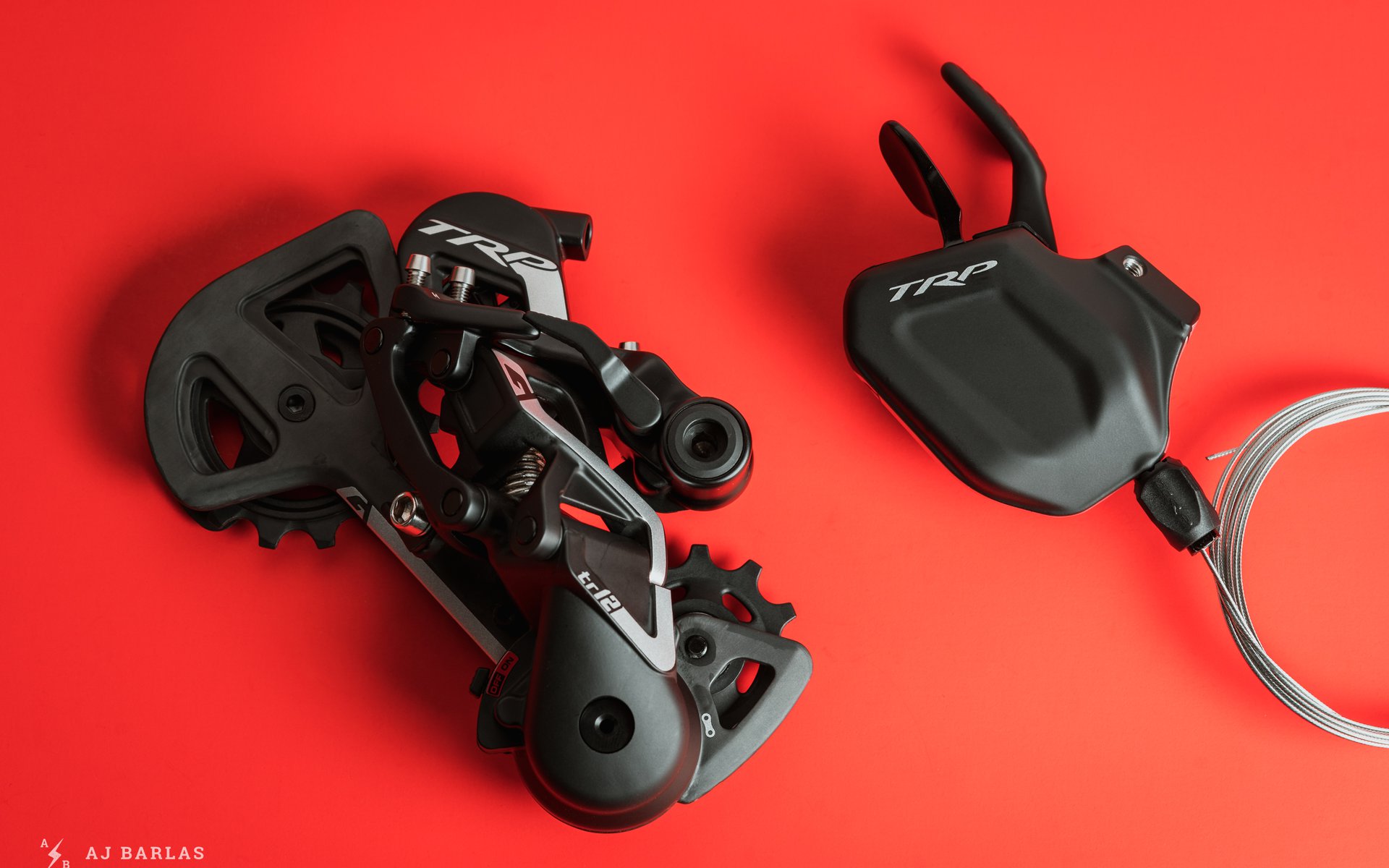
Top Shelf Drivetrain Competitor
TRP's TR12 Derailleur & Shifter Reviewed
The mountain bike drivetrain space is almost completely dominated by SRAM and Shimano and has been for a long time. There are trickles of Box Components here, Sunrace there and some gearboxes, but it’s mostly a landscape covered by big blue and big red. Between SRAM and Shimano, there’s been little room for other possibilities, partially thanks to their hold on the OEM segment of the market.
From a product manager’s perspective, it would be tough to choose anything else. All new drivetrains get compared to those from SRAM and Shimano, and with each connected to many other components needed to spec a bike, they maintain a firm grasp on spec. sheets.
But TRP, a name still relatively new to mountain biking despite being owned by Tektro, doesn’t seem to mind a challenge. On top of the near-complete market ownership from the big ‘S’ brands, there are a massive number of patents to steer through, and neither this nor the OE stranglehold were enough to sway TRP from giving it a crack. I’ll continue to refer to the items here as a drivetrain, but to be fair, TRP currently only offers a derailleur and shifter. As any rider is aware, these two items hardly meet the definition of a drivetrain.
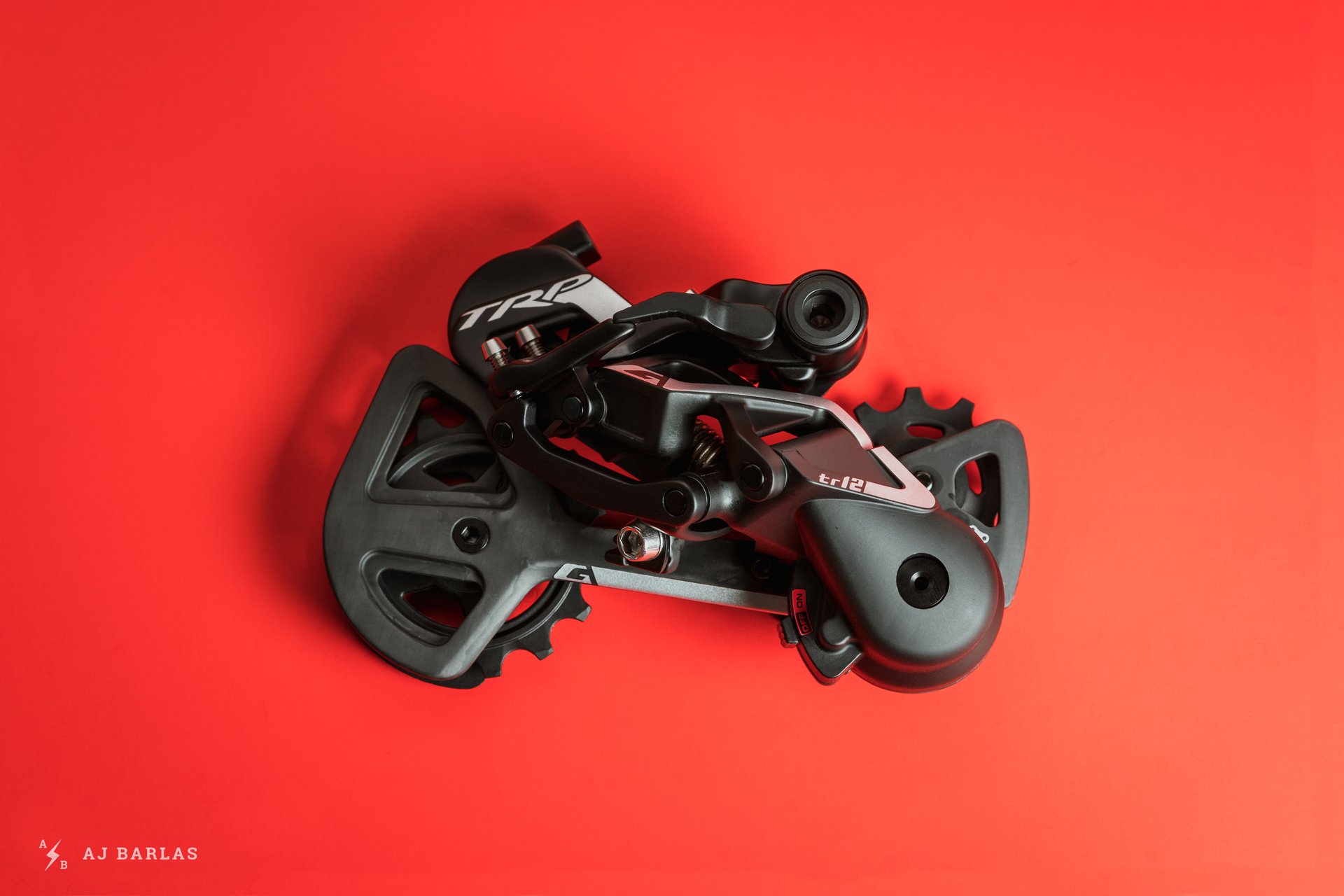
The TR12 derailleur is one of only two derailleurs currently available from TRP. This is their 12-speed trail bike model and there's a DH7 for 7-speed drivetrains (DH/Freeride)
TRP had to start somewhere, and given the enormous task to engineer a strong performing derailleur and a shifter that feels good without infringing any patents, I commend them for even trying.
Two drivetrains are currently available from TRP. The DH7 derailleur and shifter have been around for a few seasons, and in 2020 the TR12 was released for trail bikes. Features are identical on both models, with the only difference being gear range. The DH7 is for DH and Freeride bikes, and the TR12, with its wider range, is for trail bikes.
TR12 Highlights:
Derailleur:
- Compatible with 12-speed cassettes up to 50 teeth
- Designed with the SRAM 10–50T cassette
- Adjustable Ratchet Clutch System
- Hall Lock
- Sealed, Stainless Steel bearings
- Robust carbon and alloy construction
- Chain length icon assists with setup
- B-adjustment marking also aids with setup
- Weight: 288g
Shifter:
- Made with a mix of alloy and carbon materials
- Sealed Stainless Steel bearings
- Up to a 5-cog upshift sweep
- Adjustable downshift paddle position (40-degree range)
- Weight: 113g (w/o cable)
- MSRP: 329.99 USD (derailleur & shifter)
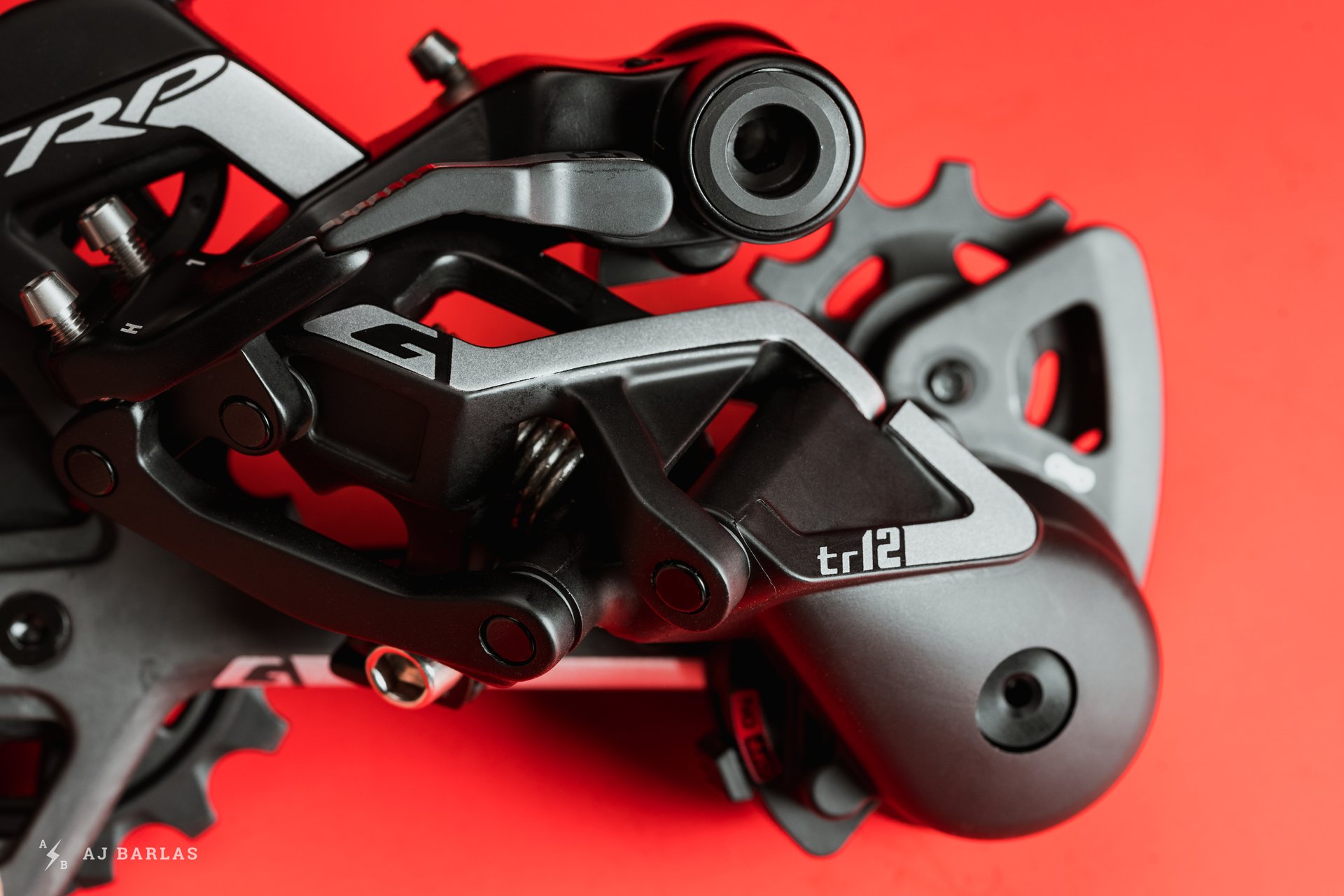
This is no flimsy derailleur but weight is kept reasonably low thanks to the materials used.
What To Do Differently?
TRP jumping into the drivetrain market would make more sense if there was something egregiously wrong with the current products from SRAM and Shimano. While each drivetrain has pros and cons, both function very well. TRP didn’t look to reinvent the wheel and instead focused on adding their own spin.
Variety is the spice of life and having more options is great for everyone. Competition can also bring the best of each party involved, and considering the TR12 is TRP’s first swing at a 12-speed drivetrain, they’ve done a fantastic job.
The TR12 drivetrain – now relabeled G-Spec TR12, a clue that more is on the way – is currently the only 12-speed model. With the derailleur and shifter not yet grabbing OEM space, TRP realized that riders interested would likely want something of a higher tier. Pricing for the TR12 sits between the top two models from both SRAM and Shimano, with materials and construction to suit. Both the shifter and derailleur are built with a mix of carbon and alloy, include sealed Stainless Steel bearings and much of the same tech offered by the competition.
They didn't do much differently, but there’s some distinct spice added.
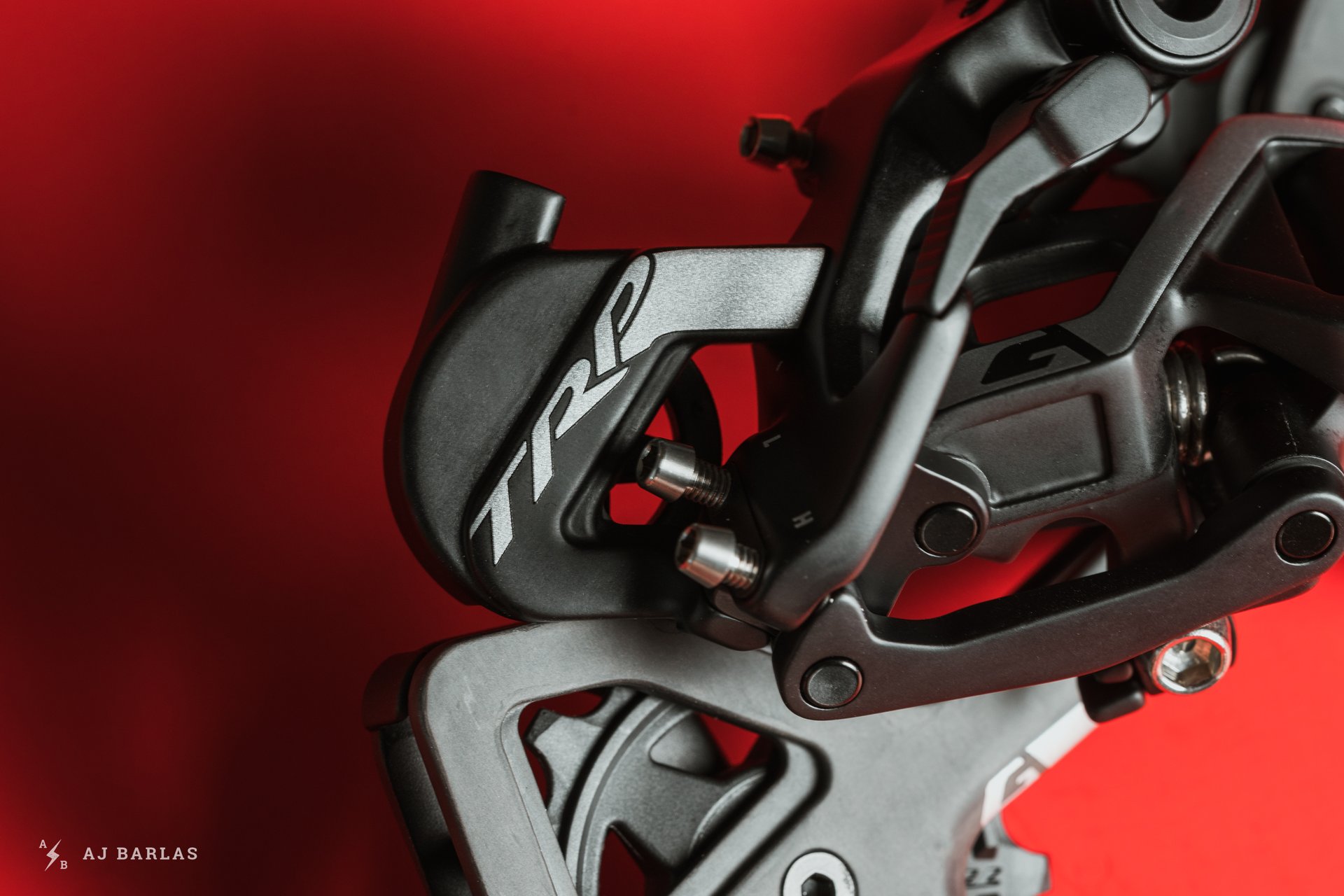
Even the cable routing through this guide is similar to what's seen on SRAM derailleurs.
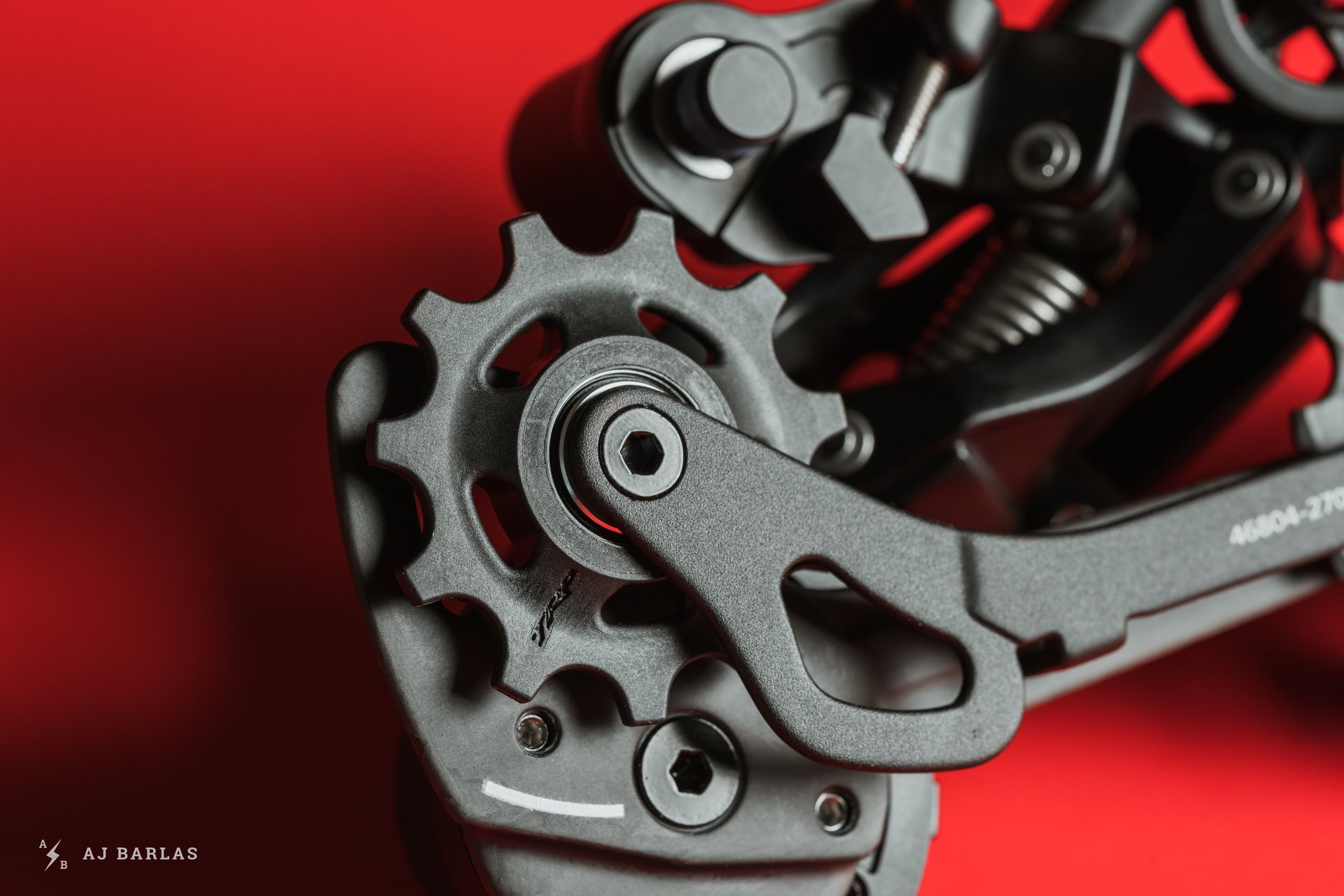
The different size pulleys roll on sealed, Stainless Steel bearings and have been problem free despite zero maintenance.
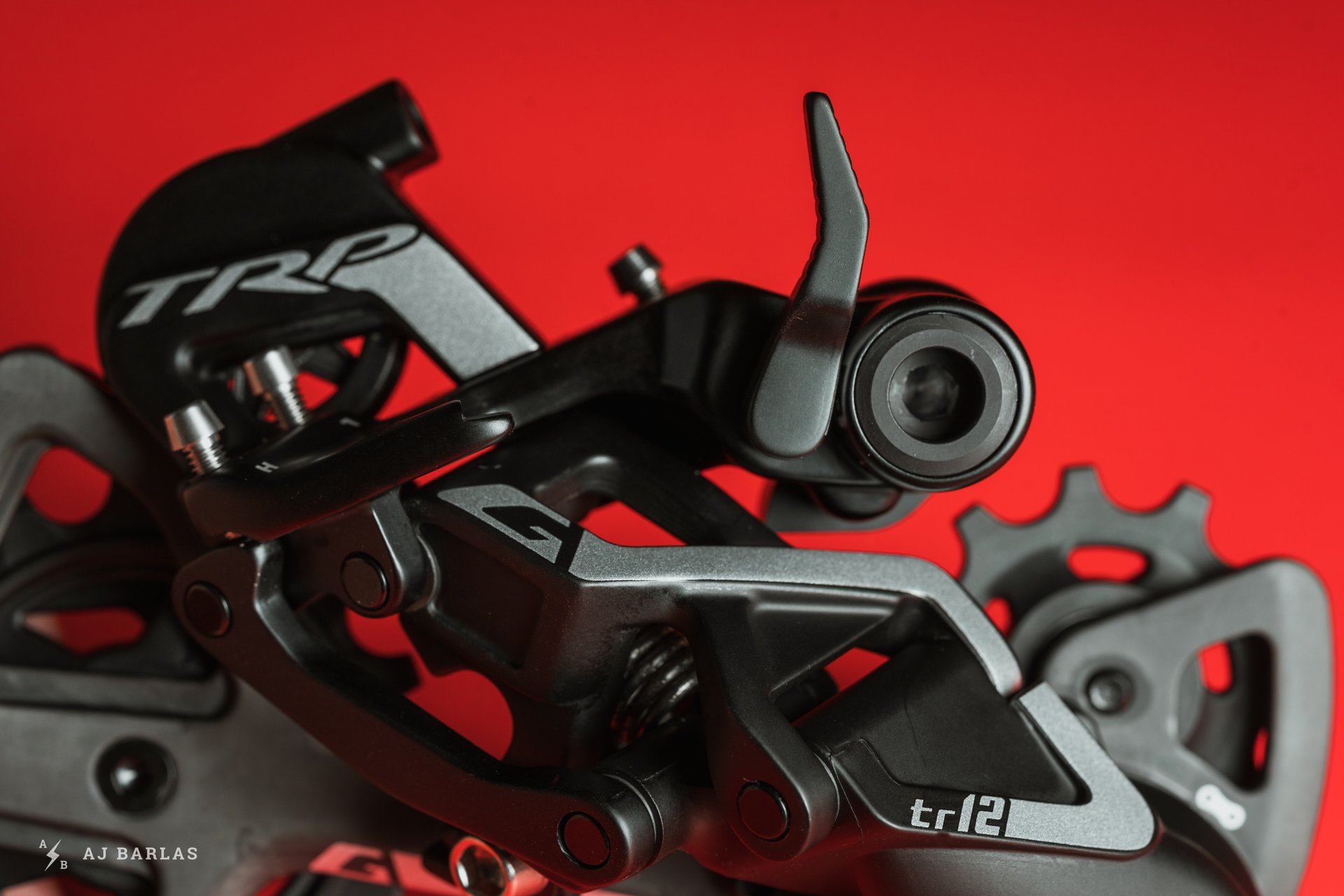
The most interesting feature of the TRP derailleurs is the Hall Lock, shown with the lever up, releasing its grasp on the b-knuckle
The Tech.
Most notable on the TRP derailleurs is the Hall Lock, an adjustable locking mechanism around the b-knuckle. TRP says John Hall came up with the idea after noticing how much derailleurs move around the mount when trackside at downhill World Cup events. There are also rumours that Hall would stuff pieces of rubber in the b-knuckle of Aaron’s bikes to minimize movement, keeping the bike quieter in the process.
But the Hall Lock isn’t only about making the bike quiet; it’s also used to keep a more constant wrap of chain around the cassette and across the upper pulley of the derailleur, something TRP notes as being an essential part of a strong functioning derailleur. TRP informed me that if the chain wrap is kept tighter, shifting, especially in rough terrain, is improved, as is chain retention.

The smaller upper pulley that TRP claims provide a tighter chain wrap. It consists of 11 teeth and runs on sealed Stainless Steel bearings.
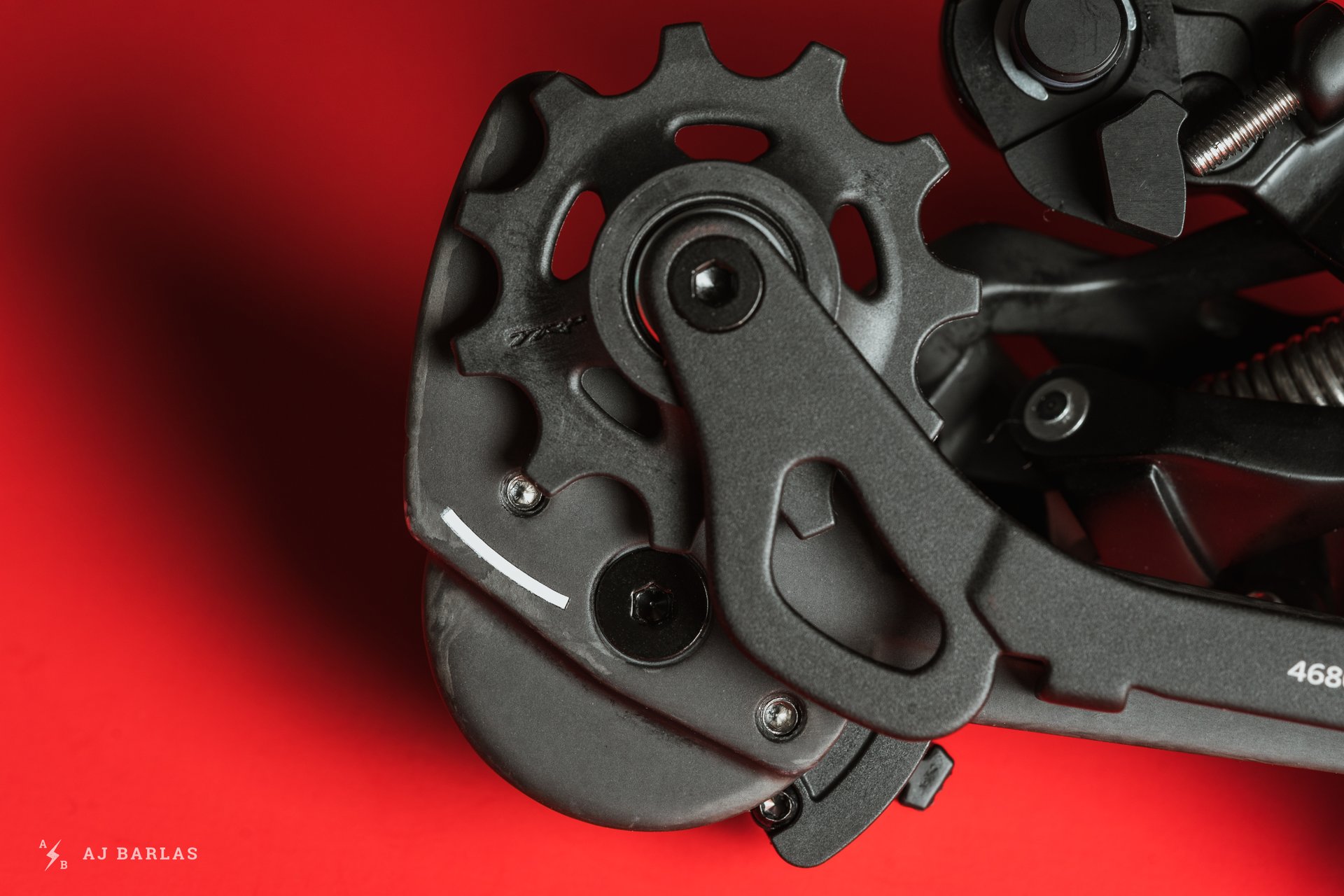
The b-tension guide marking makes setting appropriate b-tension a breeze. Also visible are the two silver screws used to adjust clutch tension.
Today, it’s hard to imagine riding without a clutch mechanism to silence the drivetrain – unless you ride one with an on/off switch, then you may have been reminded. TRP knew they had to provide some form of a clutch, but patents made it challenging. They ended up with a ratcheting clutch system that’s adjustable and can be turned on or off. TRP told me it isn’t serviceable, but the adjustability available allows riders to fine-tune the clutch from the default setting. TRP also claims the adjustability helps riders achieve a suitable setup for the kinematics of their bike.
Throughout the rest of the derailleur, nothing differs significantly from the competition. The parallelogram pivot design is wide, and TRP claims the derailleur was developed with durability top of mind. The outer cage uses carbon construction, and it’s mated to a forged alloy inner cage. The upper pulley is smaller – 11-tooth vs 15 for the lower – which I’m informed is to improve shifts up to easier gears while retaining good chain wrap. The larger lower pulley is said to better deal with muck and debris.
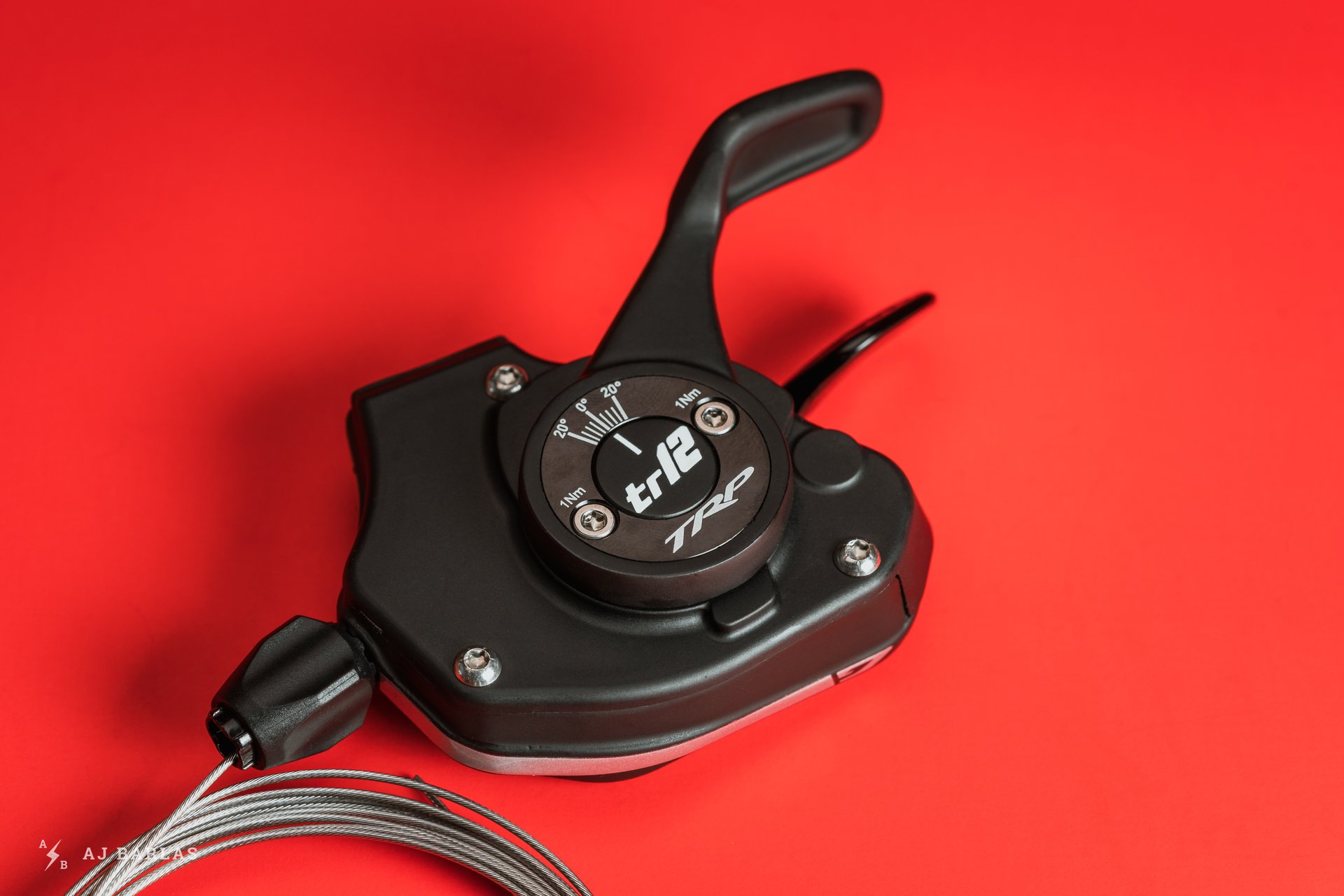
The position of the paddle for shifting to easier gears is adjustable and TRP include guides for future reference.
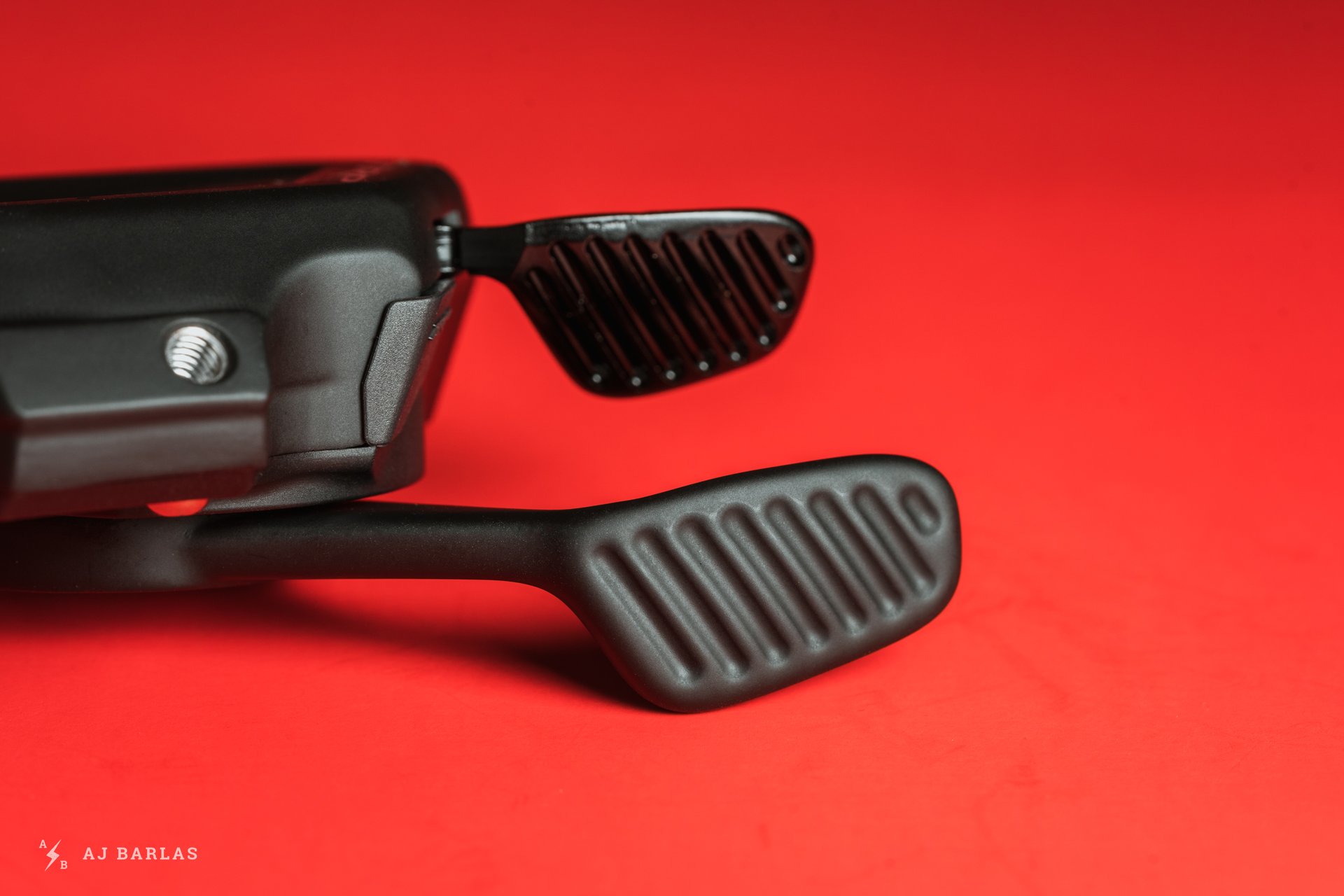
The paddle to shift to easier gears is constructed from carbon. It's comfortable to touch but the curve didn't mesh well with my thumb.
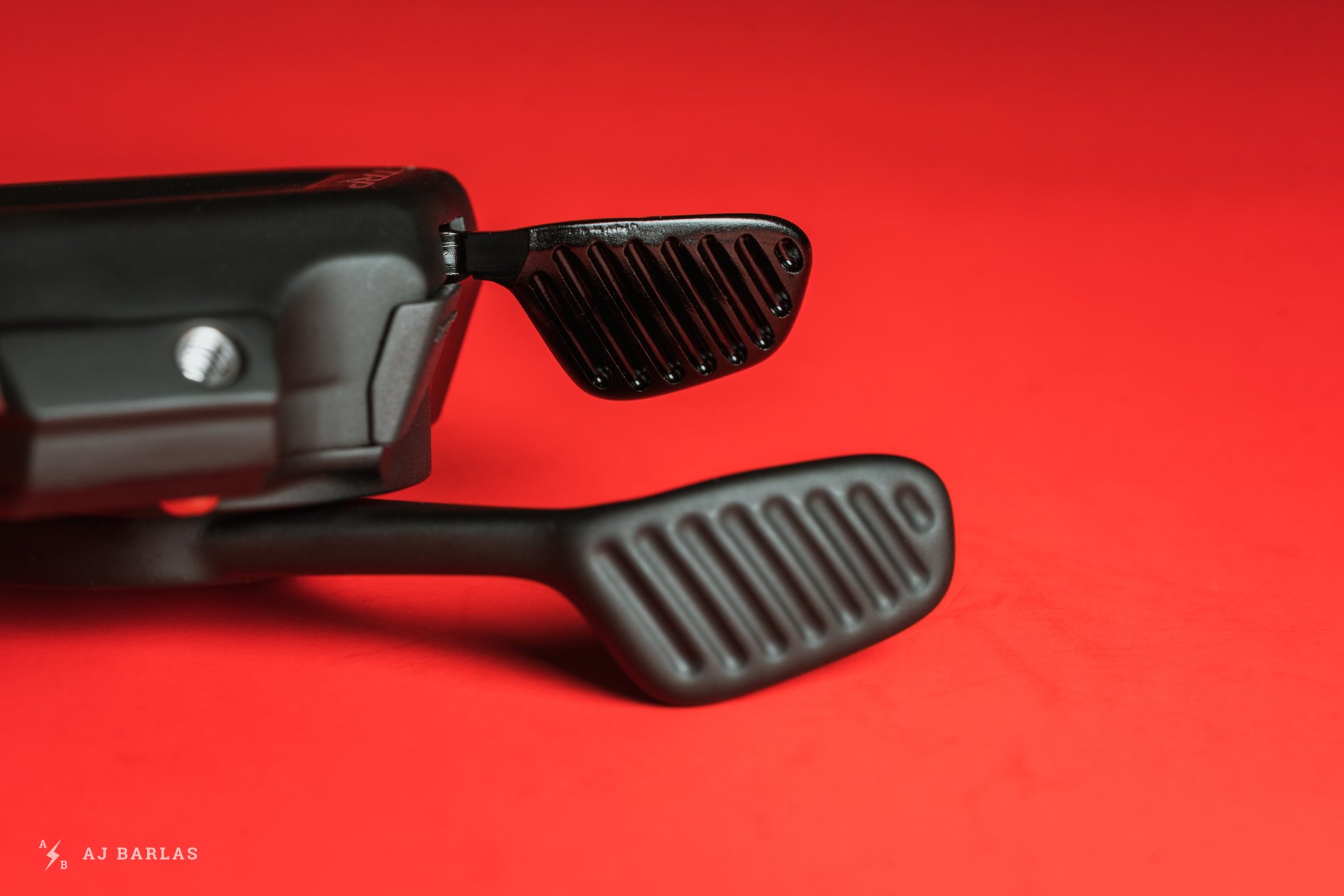
The paddle to shift into harder gears is positioned quite differently to what most riders will be accustomed to. It features a short throw for quickly grabbing gears.
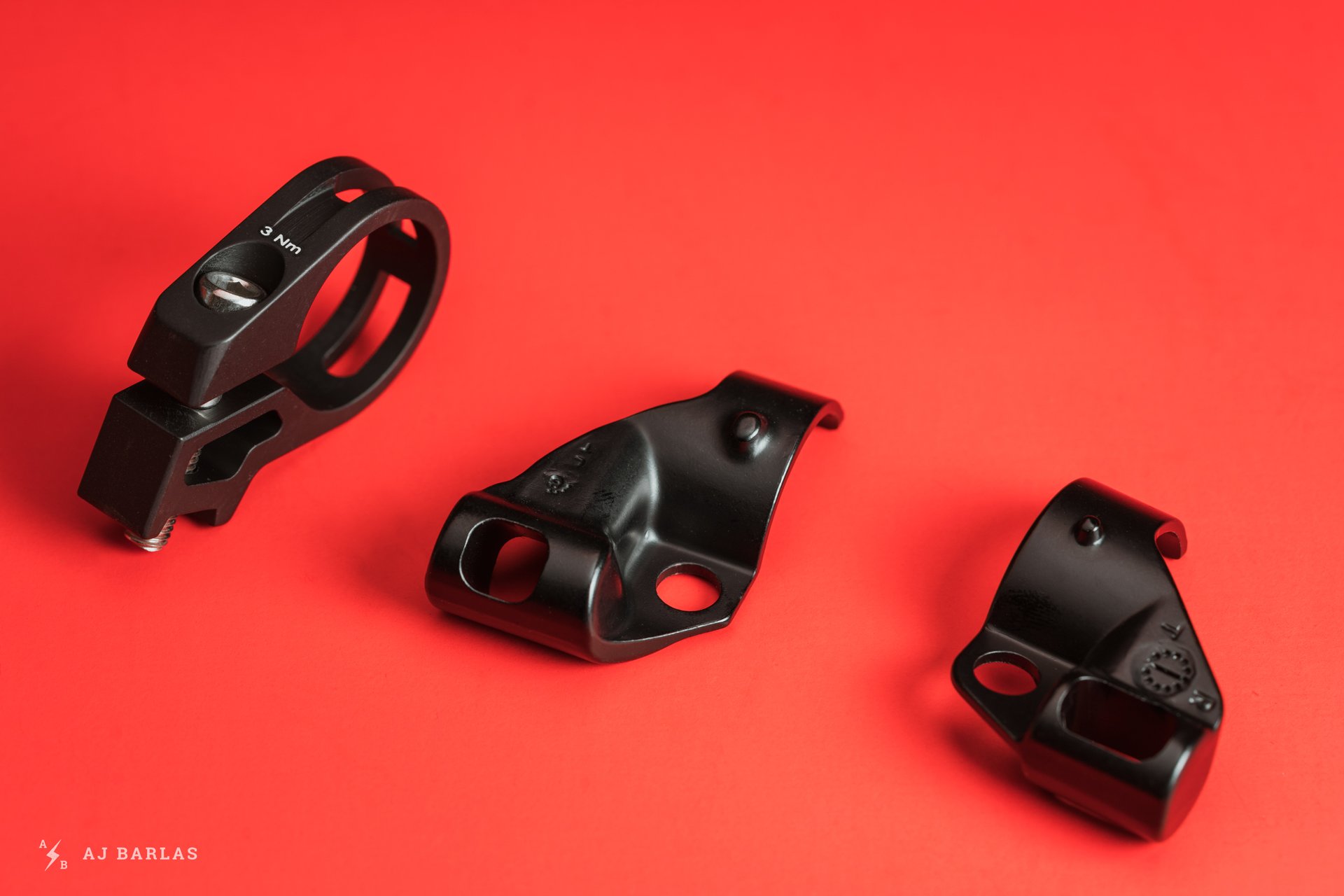
There are several integrated adapters provided by TRP but I was forced to use the regular bar clamp with the TRP brakes. The range of their own adapter wasn't enough to position the shifter to my preference.
At the shifter, the larger paddle used to shift into easier gears is constructed from carbon and features a series of ridges for improved grip. Its position is adjustable, similar to higher-priced models from SRAM, with markings for users to remember where they like it, should it ever move. The downshift paddle is made from alloy and features the shortest throw I’ve encountered. I asked TRP why they didn’t include a multiple cog sweep similar to Shimano XT and XTR shifters, they told me the short throw allows for similarly fast shifts.
Lastly, the shifter can be attached to multiple direct mounts, including SRAM’s Matchmaker and Shimano’s I-Spec II or I-Spec EV. TRP also has an integrated adapter for their brakes, and there’s a classic bar mount if none of the other options are ideal.
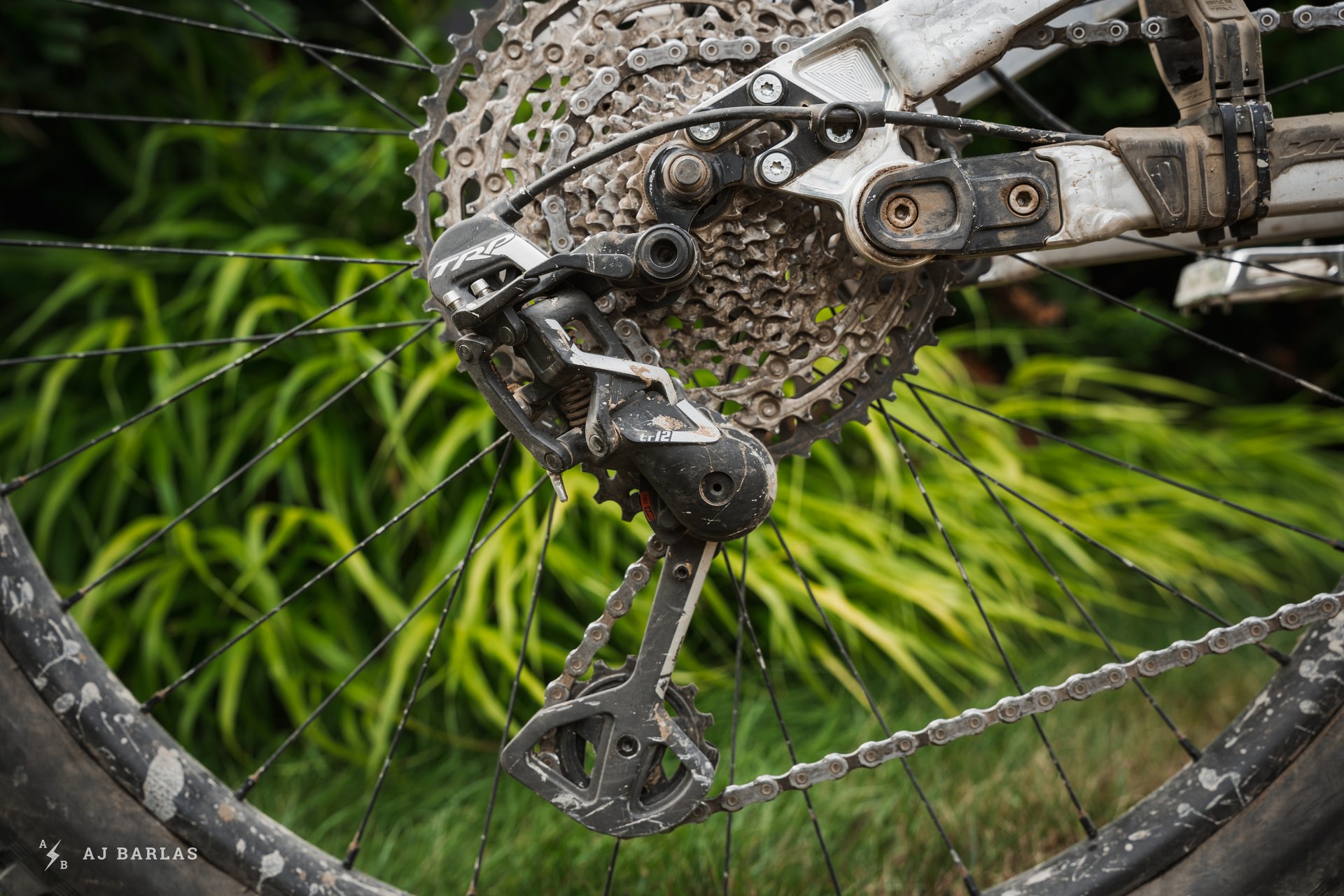
After three months of ragging on the TR12 derailleur the lower cage shows signs of abuse but continues to work like new.
Setup & Riding
Setting up the derailleur and shifter was similar to the process followed with anything from Shimano or SRAM, with a tiny exception. TRP’s Hall Lock must be open before setting everything up. A simple lever flick turns the Hall Lock off, allowing the derailleur to move freely during the setup process. Once complete, flipping the lever down locks it back into position. Fine-tuning the Hall Lock with a small 2mm hex-key adjusts the tension of the grub screw on the b-knuckle. I left it in the default setting for the duration of the review.
TRP includes markings on the derailleur, one for chain length and another for b-tension. The chain length indicator was handy and straightforward, though I only used it to confirm that my old chain met recommendations, since locating new chains is currently a challenge. On the back of the derailleur is a small guideline above the upper pulley, making for a quick and easy setup without any special tools.
While setting up the derailleur, I noticed noise from the ratcheting clutch mechanism. I enjoy a quiet bike, and the sound of the derailleur clutch functioning concerned me a little, but I never noticed it on the trail. The clutch tension also felt lighter than the stock configuration on Shimano and SRAM derailleurs. I left it at the default setting to see how it performed and had no issues with excess noise or dropped chains.
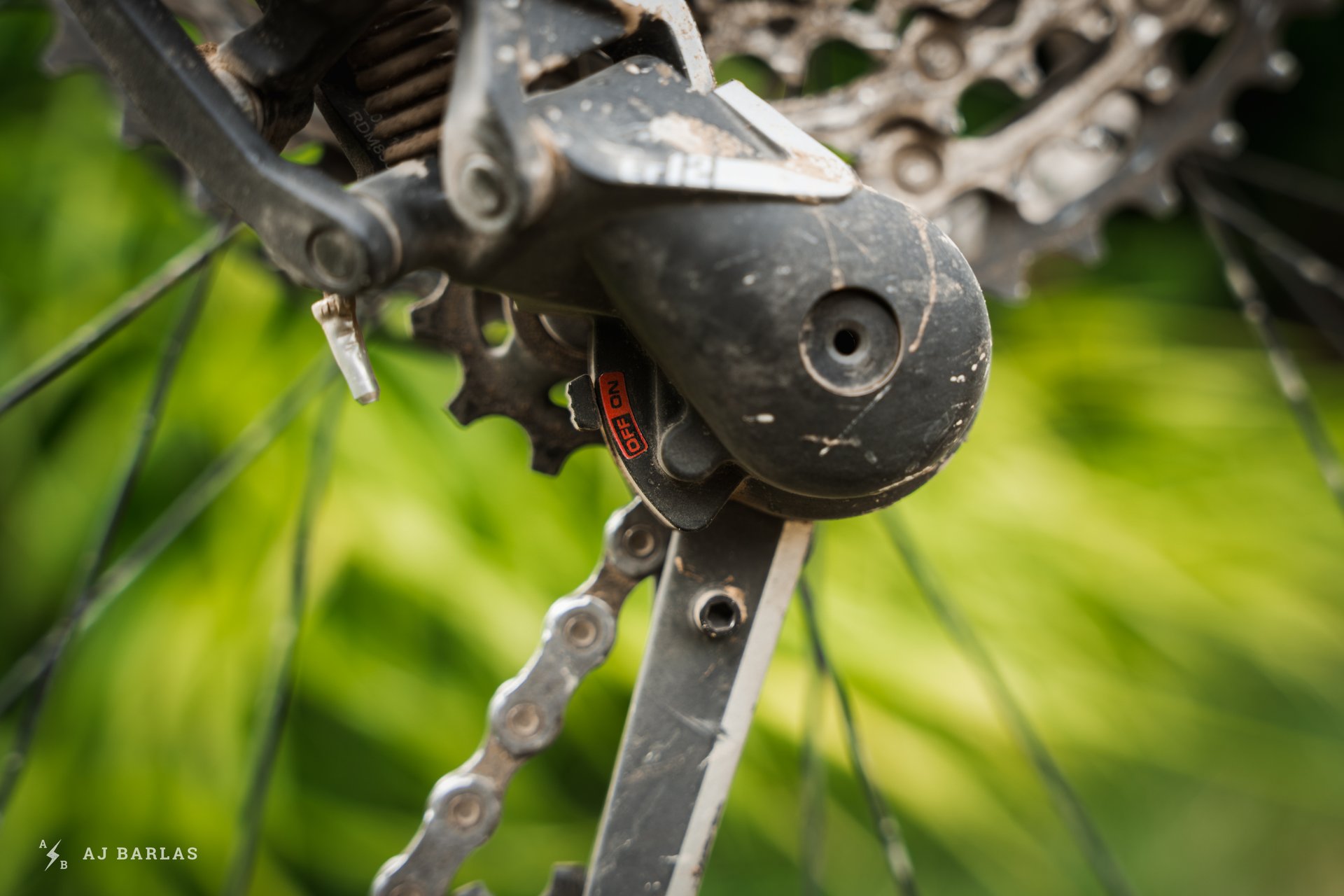
In addition to being able to adjust the tension of the clutch, it can be switched on or off, which helps when removing the rear wheel.
I did experience occasional thuds from the derailleur when the Hall Lock was forced to release tension. It happened on a couple of occasions when the derailleur was new, but I haven’t noticed it after the initial break-in. It’s not clear if the situations were directly related to the derailleur taking impacts, but there were fresh markings on the lower cage after I heard it. Although the Hall Lock holds tension on the b-pivot, it releases when encountering enough force to prevent damage, and I believe this was the cause of the odd thuds.
After 700km on the TR12 drivetrain, my bike has grown louder, and both the clutch and Hall Lock need fine-tuning. But I’m also in desperate need of a new chain, which will also quieten things down. Adjusting both the clutch and Hall Lock is simple enough to do, but I will leave the Hall Lock as is for now. I didn’t find it made the drivetrain any quieter than the SRAM GX it replaced.
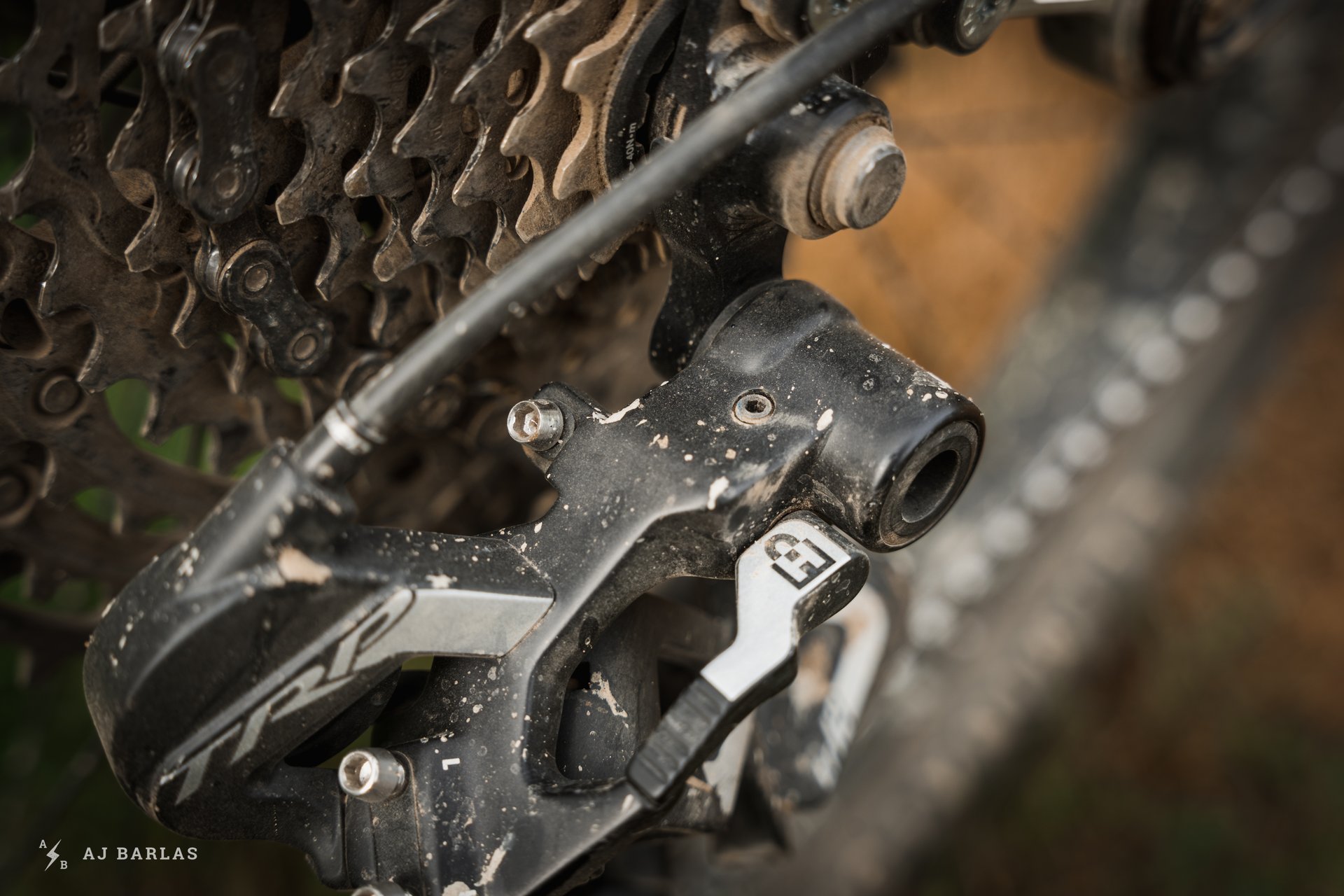
The grub screw at the top of the derailleur's b-knuckle can be adjust to apply more or less pressure when the Hall Lock is engaged.
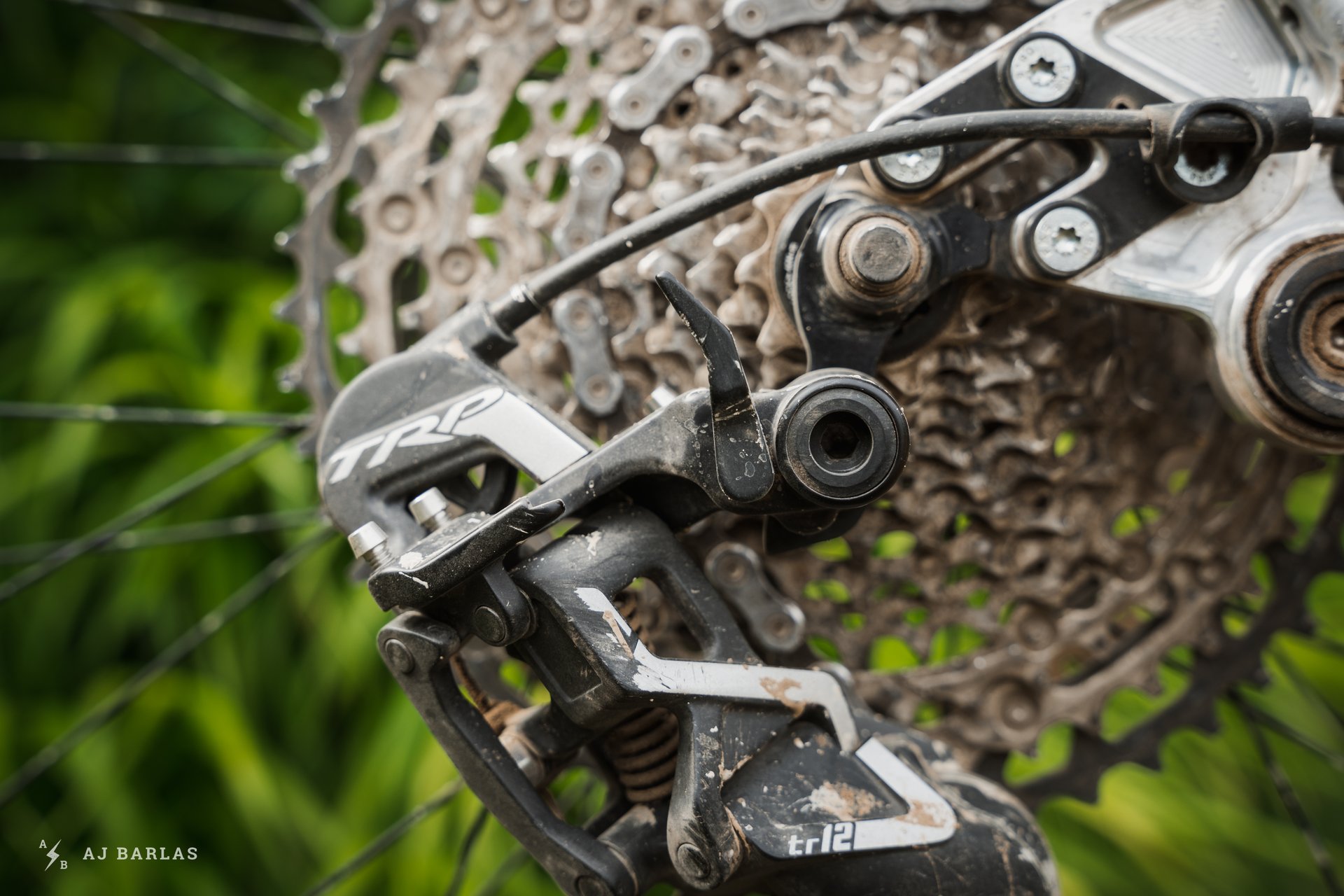
The Hall Lock lever flicks up to disengage the mechanism. Flipping the lever up is required whenever removing/installing the rear wheel or adjusting the derailleur.
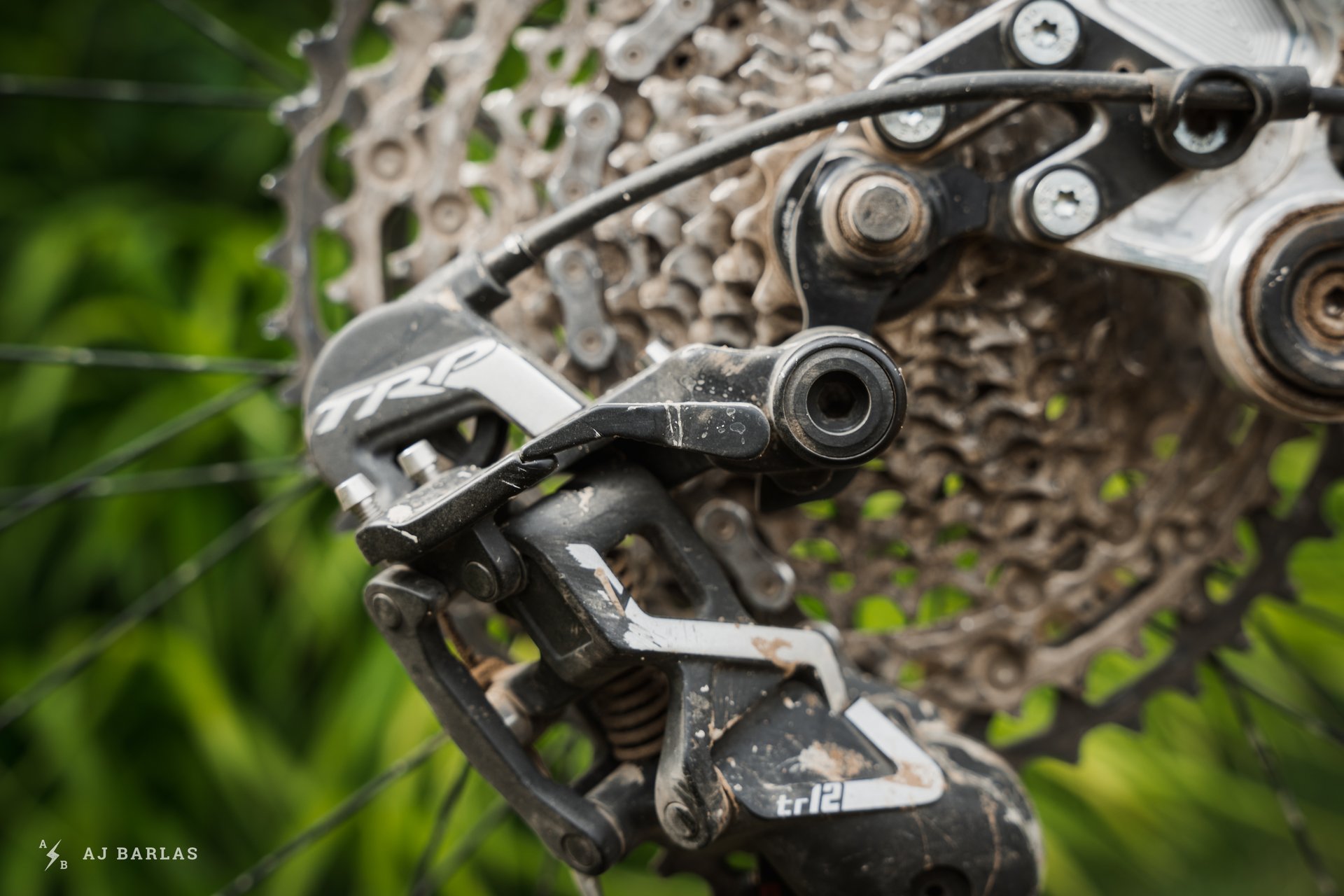
With the lever down, the Hall Lock is engaged, minimizing movement of the derailleur around the b-knuckle.
The TR12 derailleur and shifter were tested with a 10–51T Shimano SLX and a 10–50T SRAM GX cassette. TRP recommends against using the TR12 derailleur with anything larger than a 50T cog, but other than maxing out the b-tension screw, it worked fine. TRP designed the TR12 components using SRAM cassettes and chains, thanks to Shimano’s 12-speed being unavailable when the TR12 was in development. The derailleur functioned better, with marginally tighter shifts and a crisper feel on the SRAM cogs.
But I still prefer Shimano 12-speed 10–51T cassettes, and the performance never caused any frustration. After testing with the SRAM components, moving back to the Shimano showed the differences between the two were minor. I’m nit-picking when I mention it worked better with SRAM’s equipment.
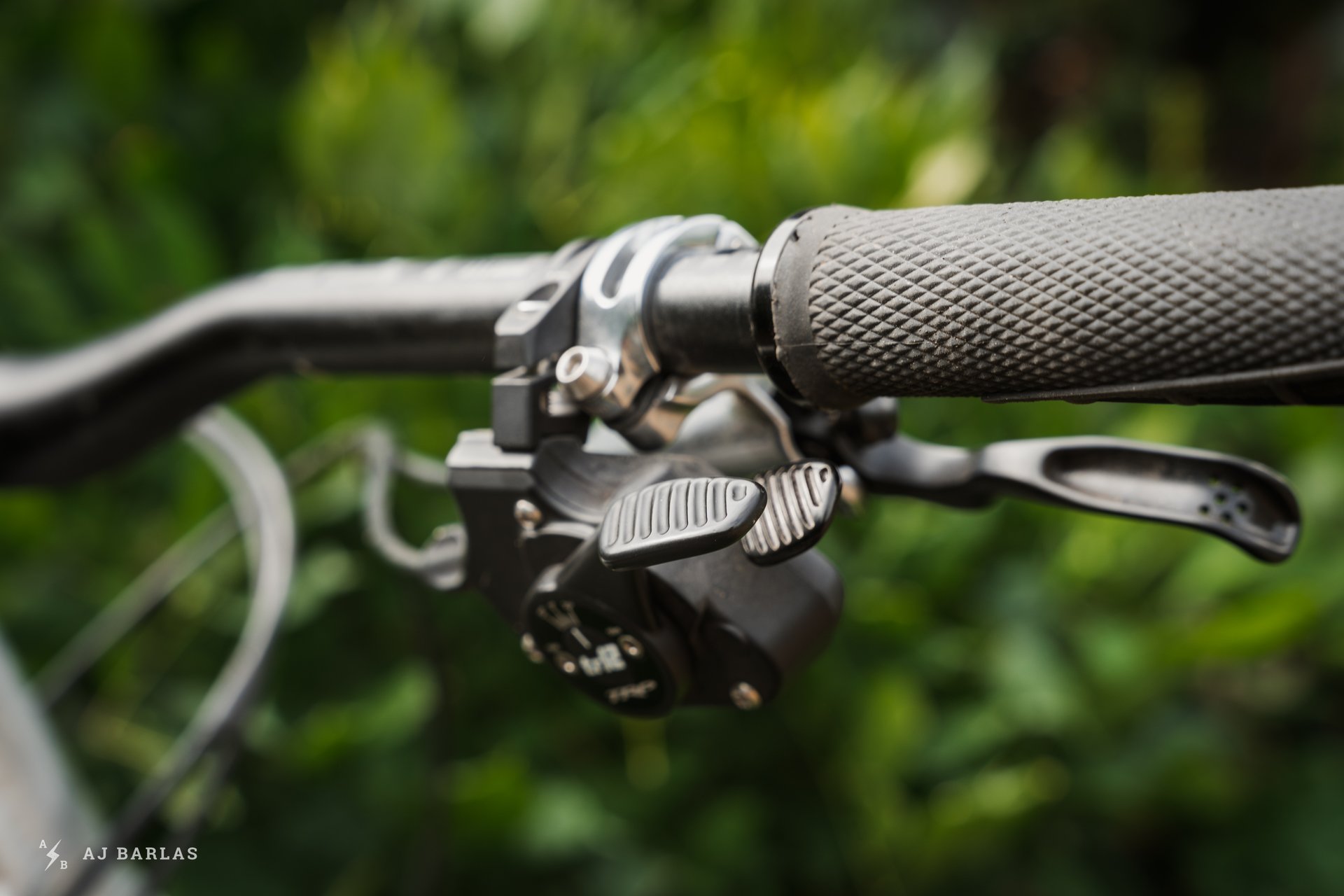
My only real gripe with the TR12 derailleur and shifter is at the shifter end. The paddle used to access easier gears curves away from the thumb and doesn't feel secure when depressed in choppy terrain.
Can It Be Improved?
I’ve always enjoyed the adjustability of the SRAM XO1 shifters. Being able to fine-tune the angle of the downshift paddle has allowed for more comfortable ergonomics. I find myself setting the paddle a few degrees away with the SRAM lever, positioning the lever under the bar similar to OneUp’s Dropper Post Lever. I thought the same would be true with the TR12 shifter, but the ergonomics differ and I ended up with it in the default position.
Ergonomics will affect every rider differently, but I didn’t get on well with the TR12’s downshift paddle, which is why it didn’t work positioned similar to my SRAM shifters. When the lever is fully depressed, initiating a shift to an easier gear, I found the paddle shape curving away from the thumb left me with a less positive response. It was also easy to slip on the lever in choppy terrain, as the curve cuts down on contact when depressed. This will no doubt be a personal thing, but it’s something to note.
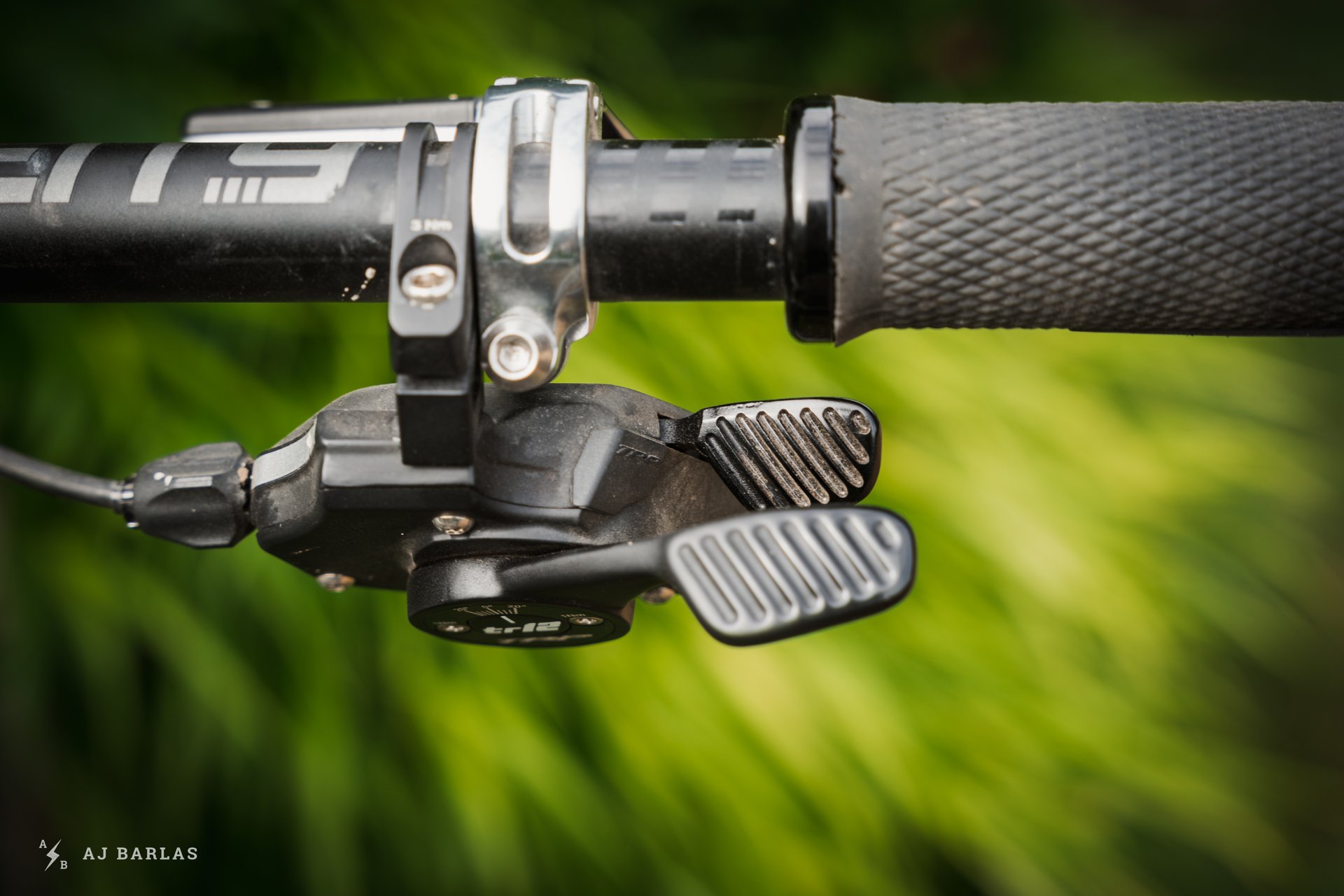
The paddle to access harder gears sits close to the bar and when in a hurry, I'd often miss it, even after months and hundreds of kilometres on the trail. There's not a large amount of room to get at it between the big thumb paddle and the collar of the grips either. It's a great concept to have it close, but I'd like more space between it and the grip/bar.
While on the subject of ergonomics, the upshift paddle sits very close to the bar. It took some getting used to but once accustomed to the position, finding the lever for shifts was fine, although it never felt as intuitive as others. Any time a sudden lunge for more gears was made, particularly in rough terrain, I found my thumb needing to search, often connecting with the bar or grip clamp before finding the paddle.
The short-throw of the upshift gave a very crisp feel and provided a quick jump through the gears, but I’d occasionally grab more than planned as my thumb bounced in the bumpy terrain. I find the sweeping double upshift of Shimano’s XT and XTR shifters a better solution for grabbing multiple gears. TRP’s shift levers also require a tad more pressure than the competition, but it’s not enough to cause concern.
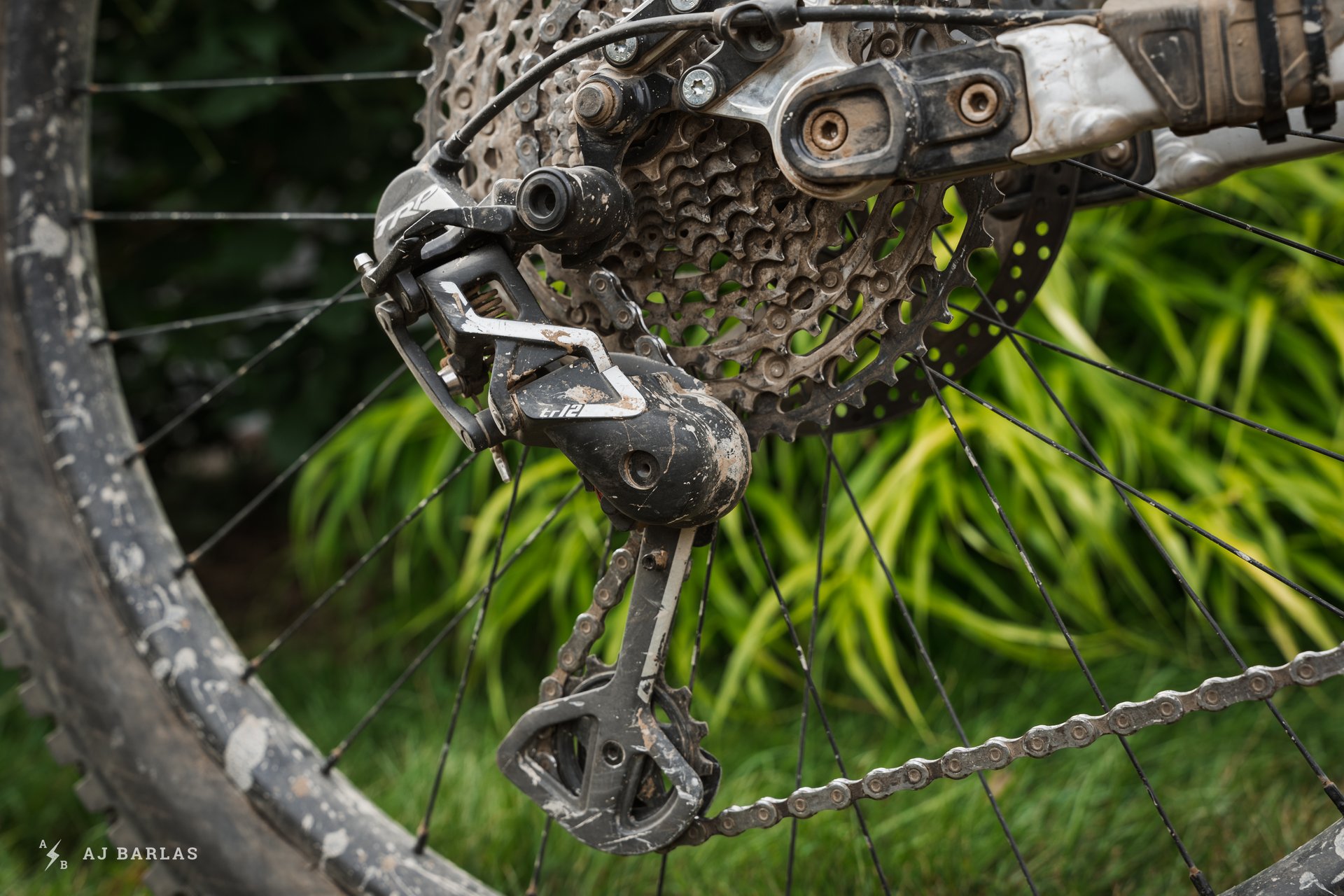
A strong first attempt and a derailleur I'll happily continue to use. It's proving durable and shifts well. The shifter has room for improvement.
Conclusion
TRP’s first entry to the drivetrain market is a strong one, and while the ergonomics of the shifter don’t mesh as well with my hand as the competition, other riders may find it improves their experience. The shifting performance has been on par with the competition and the derailleur, durable. It’s taken some knocks and, despite the cosmetic blemishes of the impacts, performs as good as new.
The adjustability is great, and I feel the pricing is acceptable for the quality of the components and materials. The cost of comparable quality materials and functionality from both SRAM and Shimano is similar. It will be interesting to see how the drivetrain line grows from TRP in terms of more options at lower prices and what an entire drivetrain will look like, but they’ve started strongly.
More on the TRP TR12.
Age: 39
Height: 191cm/6’3"
Weight: 73kg/160lbs
Ape Index: 1.037
Inseam: 32”
Trail on Repeat: Changes as often as my mood.
Current Regular: Every test product spends time on Entrail
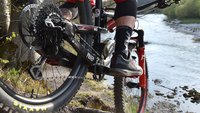
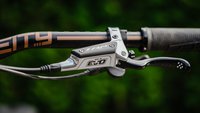
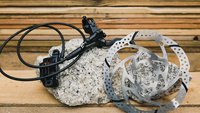
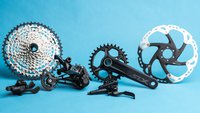







Comments
Alex D
2 years, 7 months ago
Do you know if the RD is compatible with SRAM or Shimano 12S shifters? People have successfully mixed and match those two, I wonder the same of TRP.
Reply
LWK
2 years, 7 months ago
Shimano released new Dura Ace and Ultegra this week. I didnt pour thru the details but electronic only and apparently some pretty steep prices. if that is a harbinger of things to come with Shimano and SRAM MTB drive trains then I think there is absolutely a place for TRP and other players.
Reply
Andy Eunson
2 years, 7 months ago
I’m surprised Shimano went electric only here. And so far mechanical only for current off road groups. I. Sure electric XT and XTR will come though. To me the real benefit of electric off road is the shitty cable routing many full suspension bikes have.
Reply
Velocipedestrian
2 years, 7 months ago
Internal routing was a ploy cooked up to sell electric shifters!
Reply
Vik Banerjee
2 years, 7 months ago
I am guilty of reading all these NSMB alternative drivetrain articles and thinking "I should try this next time!" Then when next time rolls around I just buy some boring, but reasonably priced/available Shimano 11 speed XT parts. Leaving the smaller manufacturers with no business [from me] once again!
Reply
fartymarty
2 years, 7 months ago
I bought a Sunrace cassette a while back and he shifting wasn't as good as the equivalent Shimano cassette. Also I love Shimanos multi release shifters. I would also like to support the little guys but it needs to work as well as Shimano and be similarly priced.
I was look at Box 9 speed wide range set up which looked interesting.
Reply
Velocipedestrian
2 years, 7 months ago
I found that with the Sunrace cassette too, but it's tough to find a Shimano 10spd with a 40+ big cog.
Reply
Jenkins5
2 years, 7 months ago
Using this TRP stuff with an e13 Helix cassette and it works great. Stoked that I no longer have to have any Shimano or SRAM on my bike.
Reply
Zayphod
2 years, 7 months ago
> TRP told me it isn’t serviceable
That's a no-no for me.
Reply
Please log in to leave a comment.